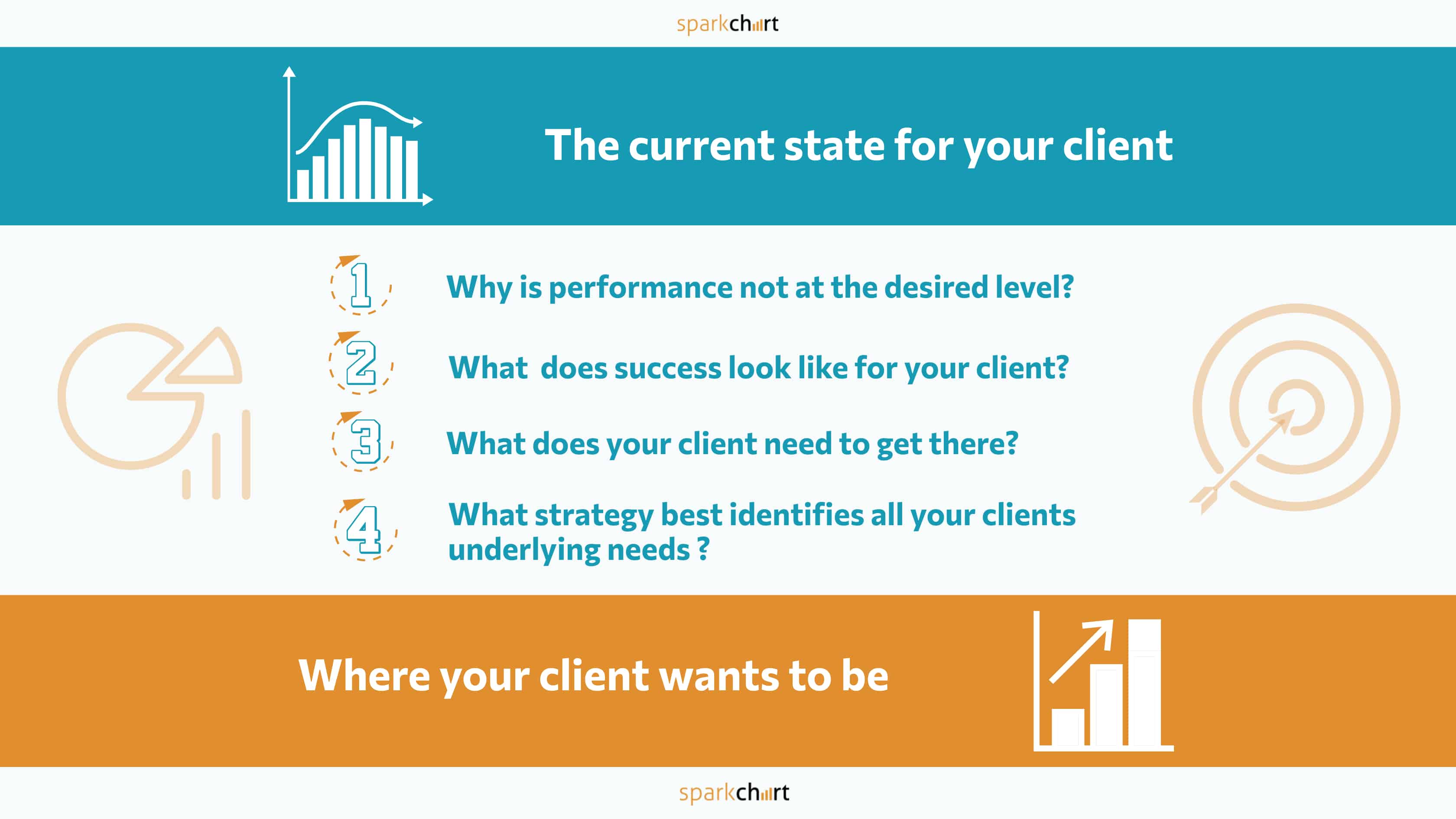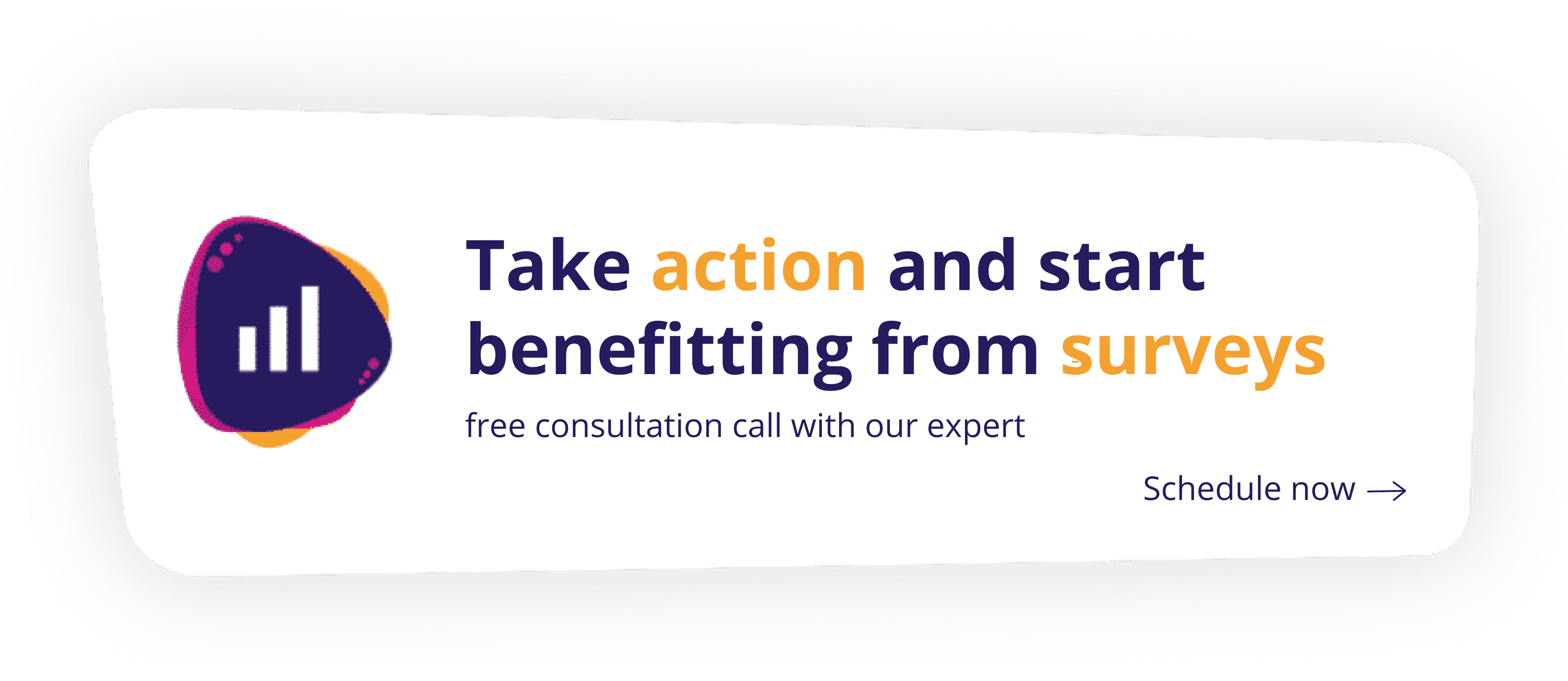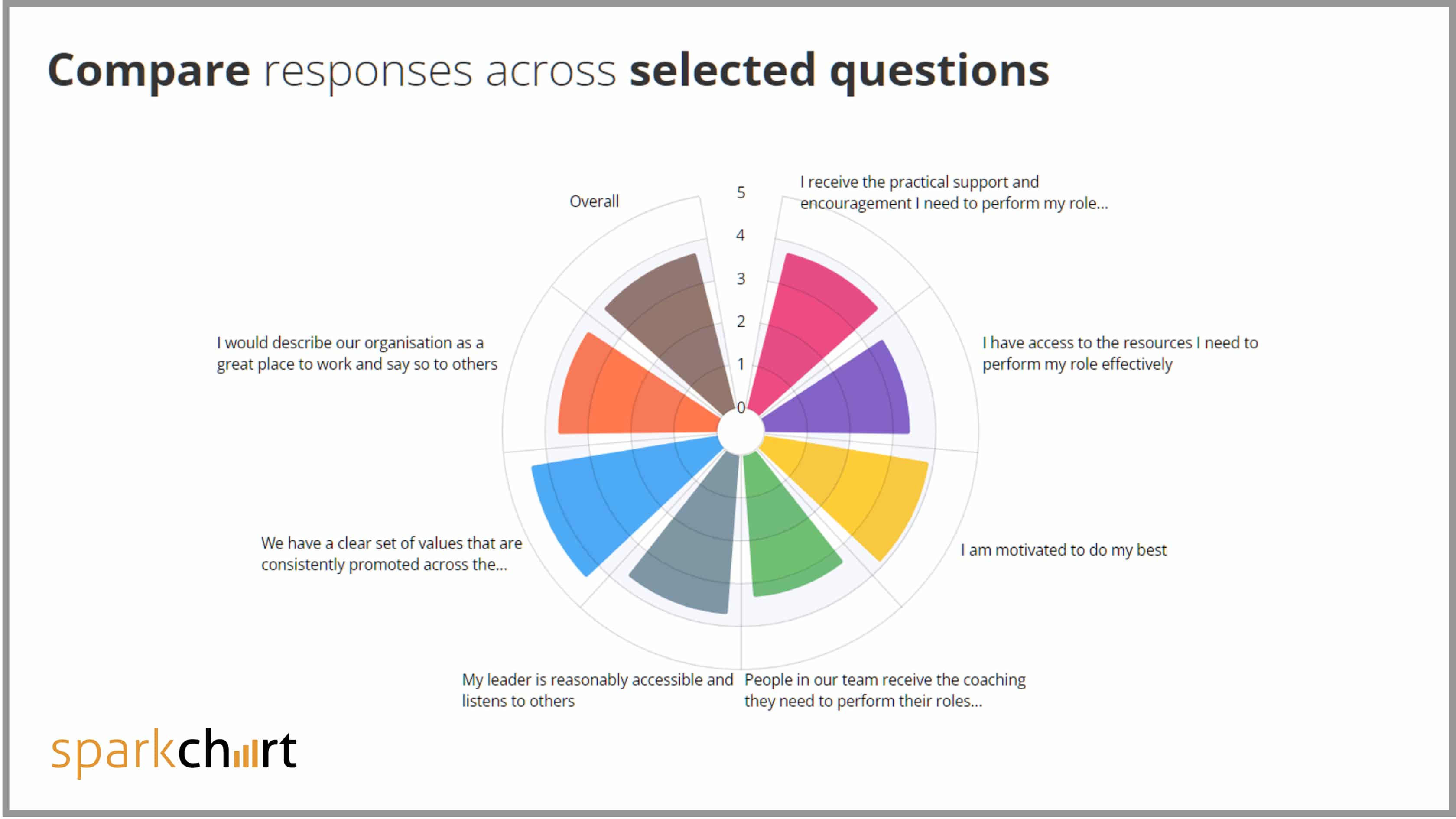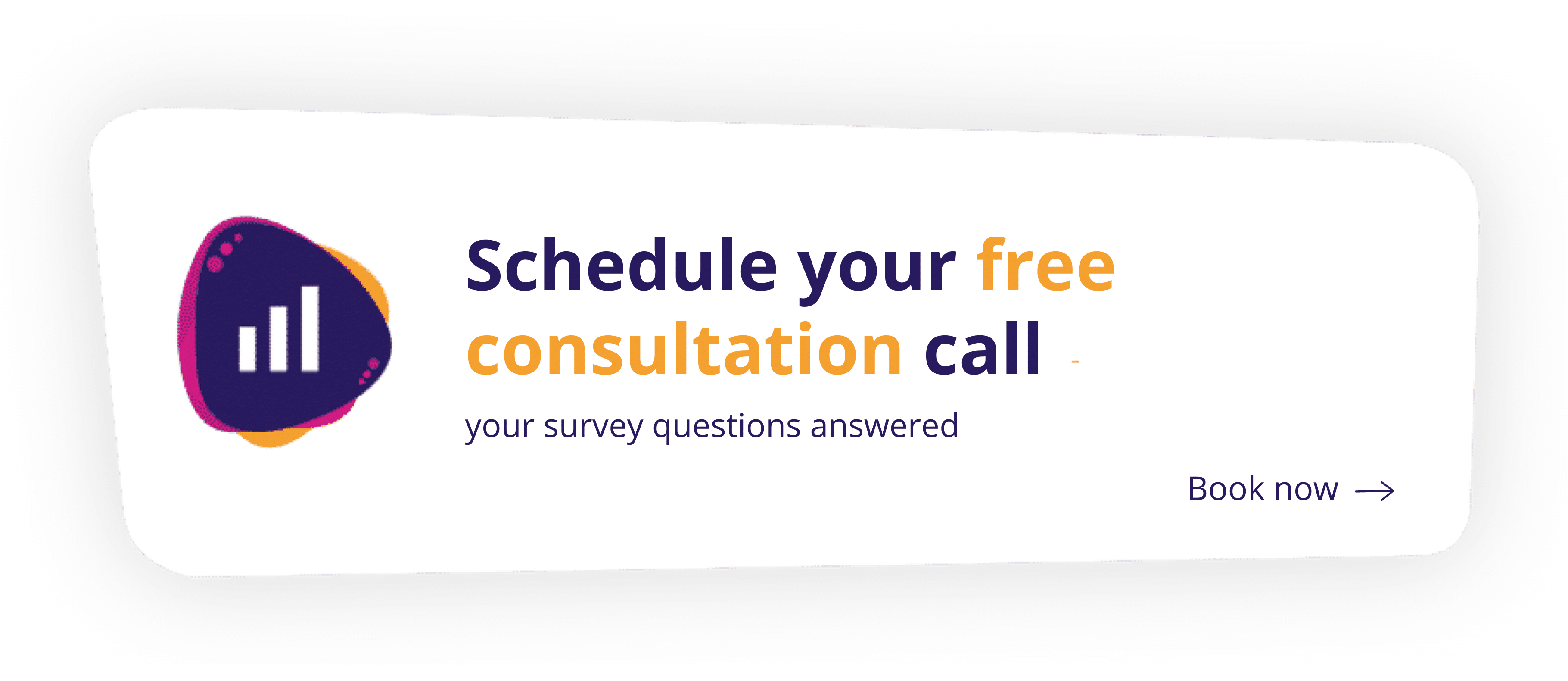Client needs could be obvious and easily perceptible. On the other hand, they could be masked, abstract, even hidden from the client. Therefore, the approach you use to assess client needs could have a profound impact on consulting project’s outcome.
Why Conduct a Needs Assessment?
To what extent do you know your client, their business and the current state when starting a project? As a consultant, you will have finite time to spend in meetings and discovery calls. In fact, a means to delve deeper into client needs which fits in with everyone’s schedule, opens the door to better feedback.
Begin your consulting project with confidence
Accordingly, by having a clear view of the bigger picture, you can move forwards confidently and decisively.
That clarity comes from a strategic needs assessment with a relevant set of questions, based on what you already know about your client’s business and the industry as a whole. In essence, your discovery call gives you a head start, which you then use to drive the project forwards by gaining valuable in-depth insights.
Consequently, the steps presented here highlight how we can achieve this through the insights that result from the use of strategic surveys. We will cover:
- the importance of looking more closely at your client’s needs.
- how well-crafted questions make for an effective analysis.
- how to obtaining feedback from those closer to the problem.
- how to put it all together for powerful data-driven solutions.
This approach to assessing client needs forms the foundation of a successful consulting project.

Step 1: Lessons from Franklin for a Deeper Understanding of Client’s Needs
Benjamin Franklin spent his career observing, reading, discussing, testing, and questioning. That could be the skill-set of a modern-day consultant who strives for a detailed knowledge of their client’s needs.
In fact, Franklin was said to have a relentless curiosity that set him apart from others of his time. People, including himself, were his main focus of study.
This approach gave him a social network that would be impressive by today’s standards. He wrote and received thousands of handwritten letters in his lifetime.
A greater insight is a consultant’s advantage
This heightened understanding of the people around him serves as a timeless example of the power of insight. He could navigate complex situations and show empathy based on this profound awareness of people.
To take what Franklin taught us, let’s start by looking at what we already know. A client will have come to you with an objective, and a discovery call will tell you how the client understands the current state.
Your starting point is therefore that understanding of the client’s position, your experience, expertise and knowledge of their industry. From there you can begin to craft your strategy, and look to elicit enough information to form a complete picture, using a proven strategy to analyse client needs.
A strategic approach to assess client needs
Imagine you could ask your client one question, where the answer would provide everything you needed to know. That would be simple. But that would put you on a level playing field with every other consultant, with no chance of a competitive advantage.
The good news is, it is not easy. Indeed, to understand your client and their needs in a way that would be good enough for Benjamin Franklin, you will need to have the right strategy.
A consultant’s self-reflection
Success for your next consulting project begins by revealing the gap between your client’s current state versus the desired one. You can uncover what is holding back your client and clarify the objectives and deliverables that will complete the journey. The following infographic highlights the key considerations a consultant should have:
The four questions in the infographic are for the consultant to contemplate and then take to their client. The aim is to be in the best position possible to conduct a thorough assessment of your client’s needs.
In particular, let’s looks at question four in the infographic:
“What strategy best identifies all your clients underlying needs?”
The strategy we employ needs to look beyond discovery calls. The client may not be able to adequately express what exactly is holding back the business in the space of a call. They will likely need prompts and time to think.
Leveraging online surveys
You have access to something Mr Franklin did not; online tools that can be accessed all day, every day from anywhere. And this is where online surveys become your friend.
Offering flexibility and convenience, they are an invaluable tool in the modern consulting landscape. In addition, online surveys allow clients to provide feedback at their own pace. This is a critical part of conducting a needs assessment and understanding client needs. You want to ensure you get participants’ attention at a time and place that is best for them, and able to go through the questions their own speed.
By utilizing practical online surveys, consultants can replicate the depth of face-to-face interactions while respecting your client’s time. They provide the ideal means to get your questions in front of your client.

Step 2: Questions are the Heart of a Great Survey
Use the insight you already possess and that gained from client communication to define the right questions to ask. You can take the role of investigator, to explore and take a deeper dive into how you assess your client’s needs.
With that in mind, you can create clear and focused questions to include in a survey to put in front of your client. The more the client gives you, the greater your ability to fine-tune solutions and, therefore, the more they benefit.
The importance of question types
To get a complete picture from your client, your needs assessment survey should contain a mix of question types. The freedom of open-ended questions should be contrasted with the focus of closed questions, such as such as multiple choice or rating scales. There are two reasons for this:
- open-ended questions may get a better response when following closed (quantitative) questions, such as multiple choice or rating scales.
- certain questions may benefit from an answer that connects with what is already knowns, rather than ask the client to explain again.
The table at the end of this post contains links to articles for more information on types.
Careful consideration of the ideal question type, guiding your client based on what you already know, offers the chance of eliciting the answers you need. A good needs analysis will encourage your client to open up and share. That might not be the case in a face-to-face meeting. When your client works through your carefully crafted questions, your know-how and expertise is clear to see.
Better insights with flexible feedback
Your questions can be wrapped up in a relevant and customised online survey, to offer maximum flexibility. This plays a pivotal role in the client needs assessment process. Such surveys are accessible, available at any time and makes it easy to deliver your questions to in a variety of engaging formats.
In contrast to traditional face-to-face meetings, online surveys provide an opportunity to understand clients on a deeper level. In today’s fast-paced world, flexibility is key. Clients and their employees will appreciate the freedom to share their thoughts and opinions at their own convenience. They want to ensure that their voices are heard without the constraints of time or location.
Time to contemplate
The chance to focus and consider the questions will determine the quality of the answers. A client who can review your needs assessment online will have the opportunity to select the ideal time and place to carefully consider your questions.
Indeed, it highlights the power and convenience of online surveys. This approach to analyse client needs puts the questions, ready and waiting, in front of your client. Consequently, you improve your chances of obtaining a more complete understanding of your client’s needs.
To go one step further, you may want to look at those closer to the heart of the operation.

Step 3: The Best Placed Contacts for the Complete Picture
Your client and direct contact will have a team, which may be another level of managers and supervisors who in turn have their teams. Fundamentally, the work of those team members may mean they are in a better position to highlight current needs.
In fact, those employees may be sitting on a goldmine of useful data,
Harnessing people power
Unsurprisingly, those team members closer to the daily mechanisms of their workplace and it’s processes, may be better positioned to provide insight.
Although we are only concerned here with assessing client needs, the same idea could apply later in a project, when digger deeper to uncover pain points (this is covered in our ‘How to Identify Pain Points Proactively and Be a Consulting Genius‘ blog post, which is linked at the end of this post).
Expanding your reach
We can embrace Benjamin’s Franklin’s adaptability to problem-solving and how he utilised what was available in his time. When he needed, he could reach out to a large network. Consultants nowadays can go a step further with online surveys.
With that in mind, when planning your needs analysis and initial setup with your client, make sure this a part of your process. Work with your client to determine who might be appropriate and in-the-know, and discuss access.
Accordingly, consider those additional contacts and how you can approach them. Ideally you want to contact those additional employees directly. This is much easier for you and more practical for the client when it can be done with an online survey.
With selected contacts from management, team leaders, supervisors and other employees, the chance of better data is greatly increased. With an online survey already designed for your key contact, it is easy to create a more appropriate and relevant version for other employees.
Your client can be a part of adjusting the needs assessment. The ease with which a good online survey tool will help here is important. Time is valuable, and the more you can save of your client’s the better.
Unlocking employee perspectives
The employees included may, in fact, see it as an opportunity to be heard. A survey that is user-friendly, engaging and flexible will give the employees a chance to reflect. This may inadvertently empower them to share more, off-load any issues, and become stronger team members.
Consequently, it may be that the complete picture of the needs, within the realm of your assignment, are only unlocked through the perspectives of employees at different levels.
Step 4: The Power of Survey Data for Tailored Solutions
Data gathered through strategic needs analysis surveys bring valuable insights at the start of a project. You begin as a consultant who is informed, who can approach their client with confidence throughout the project and offer concrete solutions.
Survey data that carefully and accurately assesses client needs serves as your cornerstone for crafting tailored solutions that make the best use of your expertise. It is therefore of great value to analyse survey responses objectively and creatively.
Smarter data analysis
This objective review will enable you to deliver more accurate solutions, that are a precise fit for your clients’ expectations and goals. Furthermore, your client will likely appreciate your diligence and data-driven decision-making.
Consequently, the areas that you pinpoint for improvement will be fully aligned with the current needs of the business. In the process you may uncover previously concealed areas that surprise and enlighten your client.
Aligning solutions with business needs
With accurate data leading to deeper insights, you will be able to avoid unnecessary actions or generic problem-solving, and offer a streamlined process with clarity and personalisation. And you will be confident that it is backed up by relevant and targeted data, originating from a focused needs assessment.
Here is a summary table:
| FOCUS | DESCRIPTION | OUTCOME |
|---|---|---|
| Assess Client Needs | A deeper dive to elicit relevant and extended feedback. | Client has time to contemplate and provide solid answers. |
| Survey Data | Serves as cornerstone to analyse responses objectively and creatively. | Needs assessment data ready for review, combined with your expertise and industry knowledge. |
| Aligning Solutions | Pinpoint areas for improvement. May uncover surprising insights. | Solutions aligned with business needs, potential for enlightening client. |
| Personalized Approach | Guide clients towards practical solutions. | Streamlined process with clarity and customization, backed by relevant data. |
| Client Satisfaction | Clients on right path, objectives achieved, | Increased client satisfaction and consultant hire justified. |
Conclusion
Focusing on the goal of a complete picture of your client’s needs offers numerous benefits, including:
- building client confidence in your approach from the start.
- ensuring your solutions are precisely aligned with the client’s needs.
- making better recommendations that are more targeted and fruitful.
Assessing client needs through strategic online surveys is a transformative approach for consultants. By leveraging online surveys and data-driven insights, you can bring a greater ROI for your clients.
Making the most of a consultant-focused online survey tool, that puts your questions in front of your client at a time and place of their choose, can increase the depth of knowledge you gain early in the project and add significant value.
So what online survey software do you choose? Our own software, Spark Chart, is a tool at the forefront of the online survey industry for consultants. It offers the following:
- Pre-built needs assessment templates: save time and get a head start with templates.
- Customise and personalise: keep everything under your brand.
- Enhance with logic: have certain questions and options appear based on answers given.
- Live data and powerful reporting: real-time reports and analytics to bring you immediate insights.
- Multiple question types: multiple choice, open-ended, rating scales and more, for better insights and richer data.
- Present results with ease: a range of beautiful graph types, layouts and colours for effective presentations.
In the quest to better assess client needs, we can take inspiration from the Benjamin Franklin. He knew a thing or two about people and influence. That is good company to be in. With a laser focus on uncovering all your client’s needs, you are building trust, fostering open communication and establishing rapport. Indeed, your dedication will show through and may lay a solid foundation for long-term collaboration.
See our articles about surveys for business consulting:
sparkchart.com | Surveys for Consultants
Read our business consulting articles
You can watch or schedule a demo here:
sparkchart.com | Schedule your Demo
Schedule or watch a Spark Chart demo
Try for yourself: with a 14 day free trial
sparkchart.com | Free Trial
Get your Spark Chart free trial






